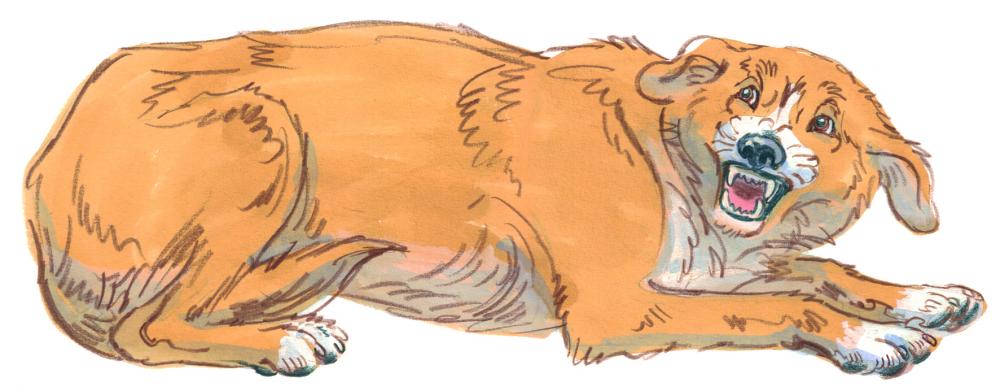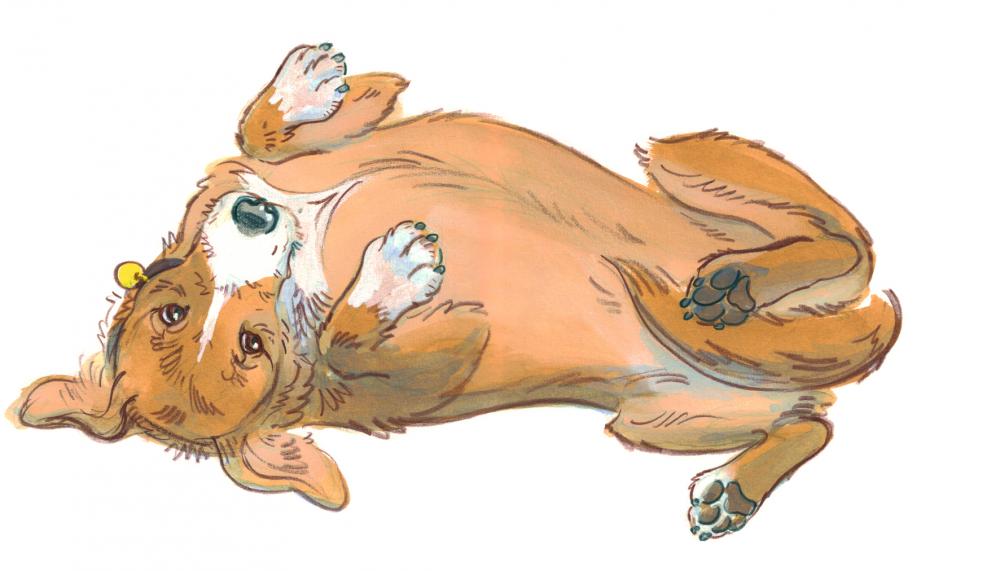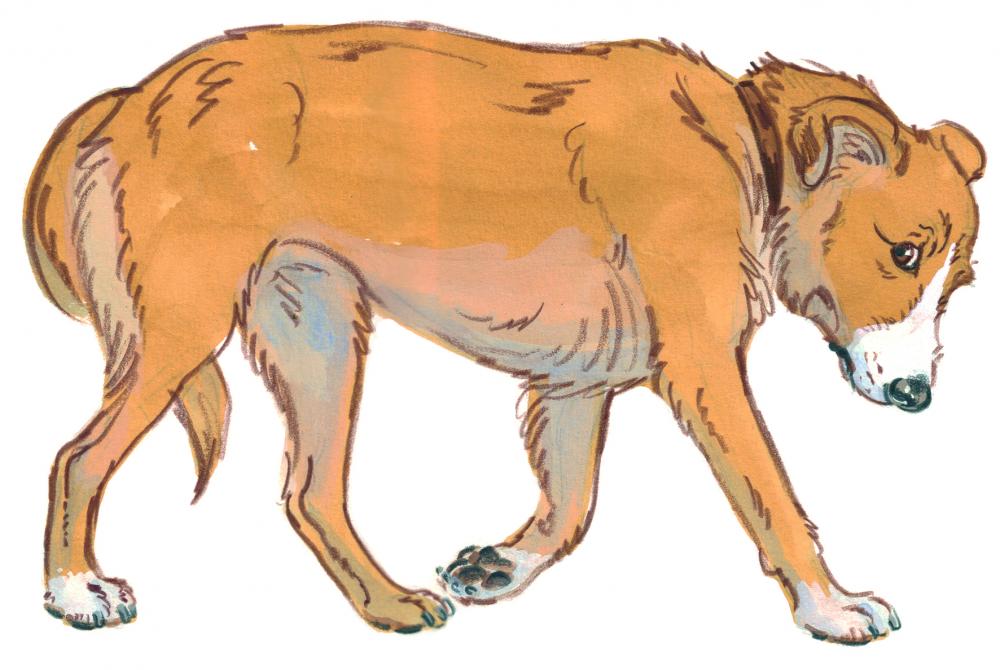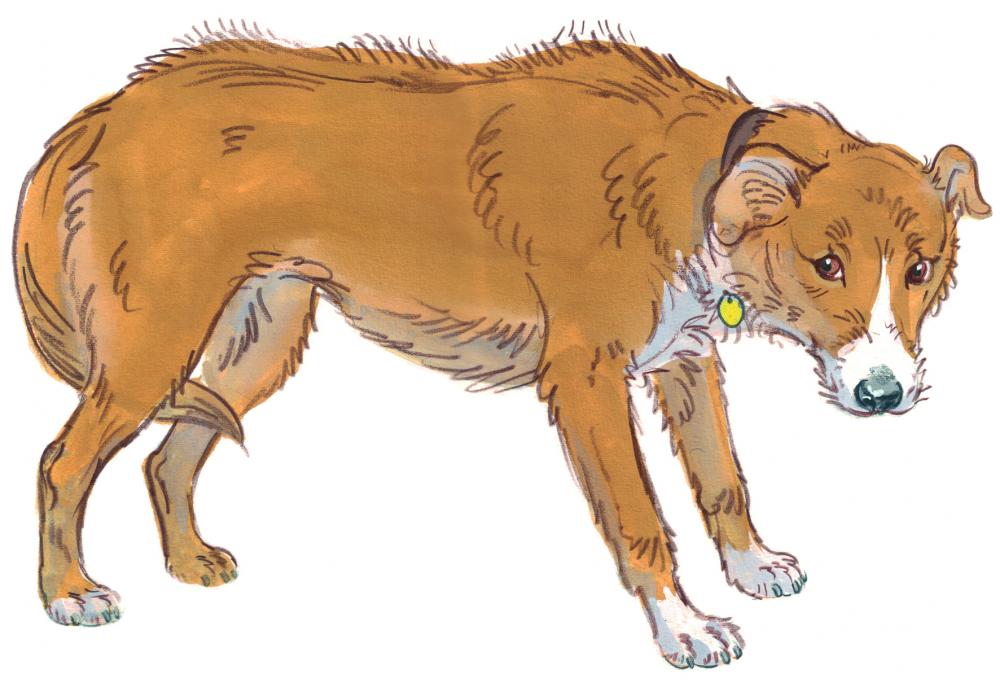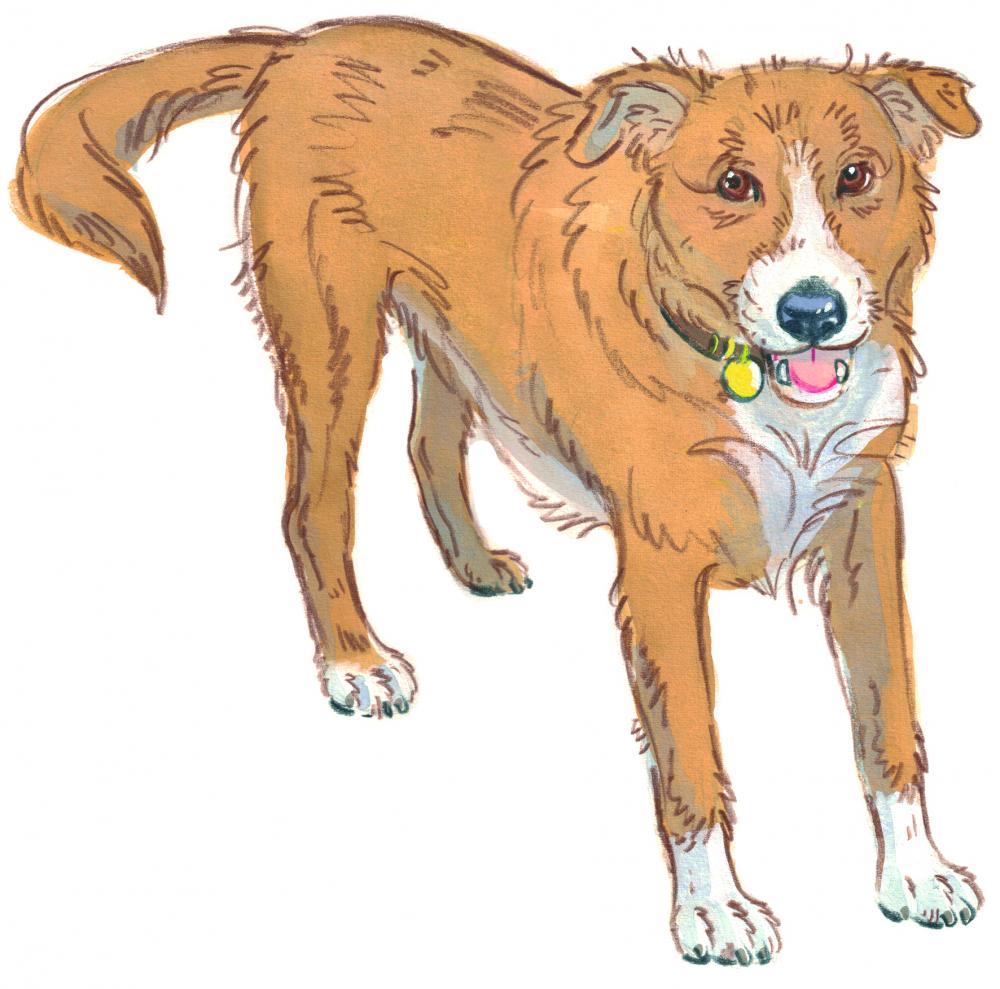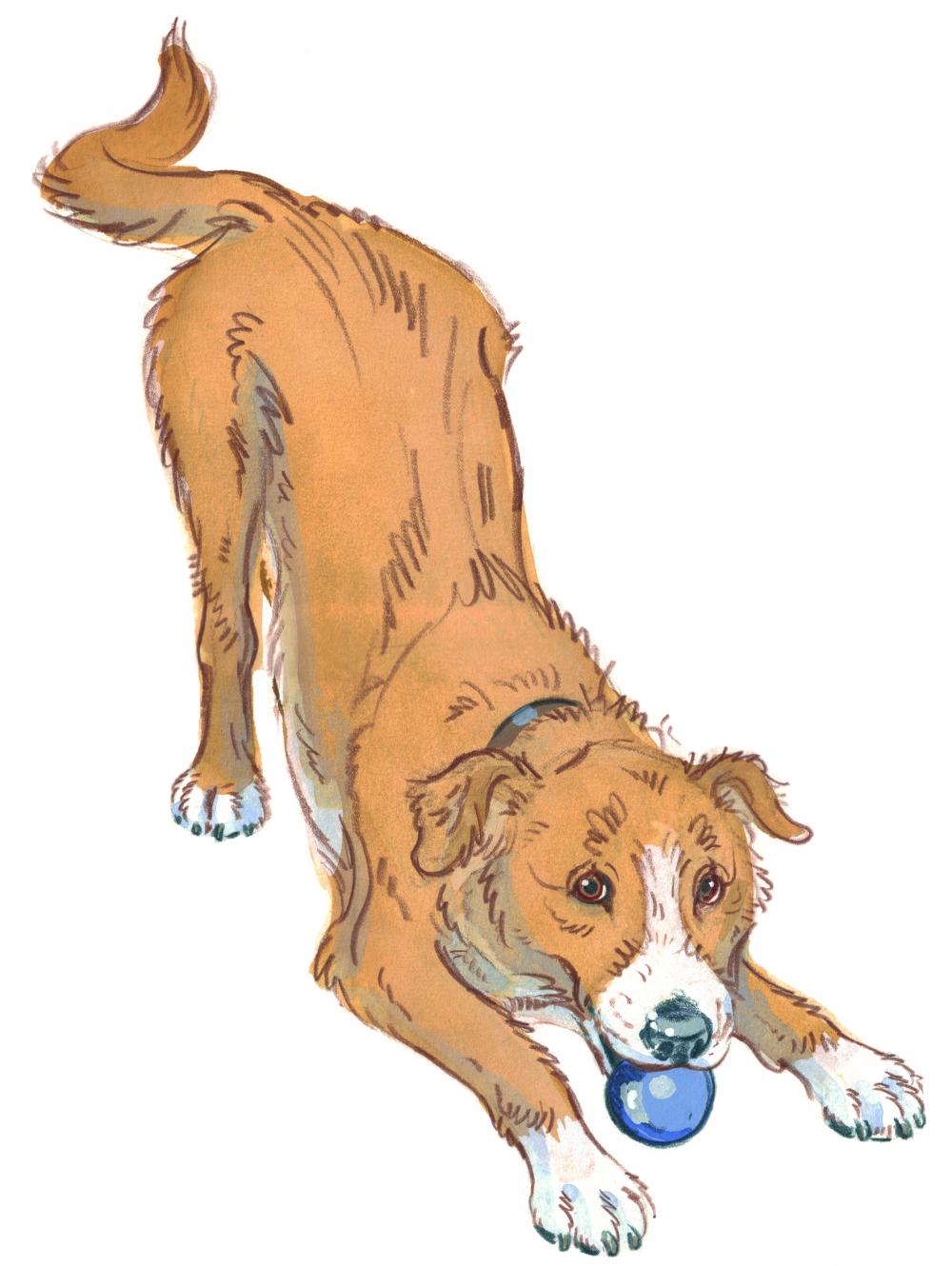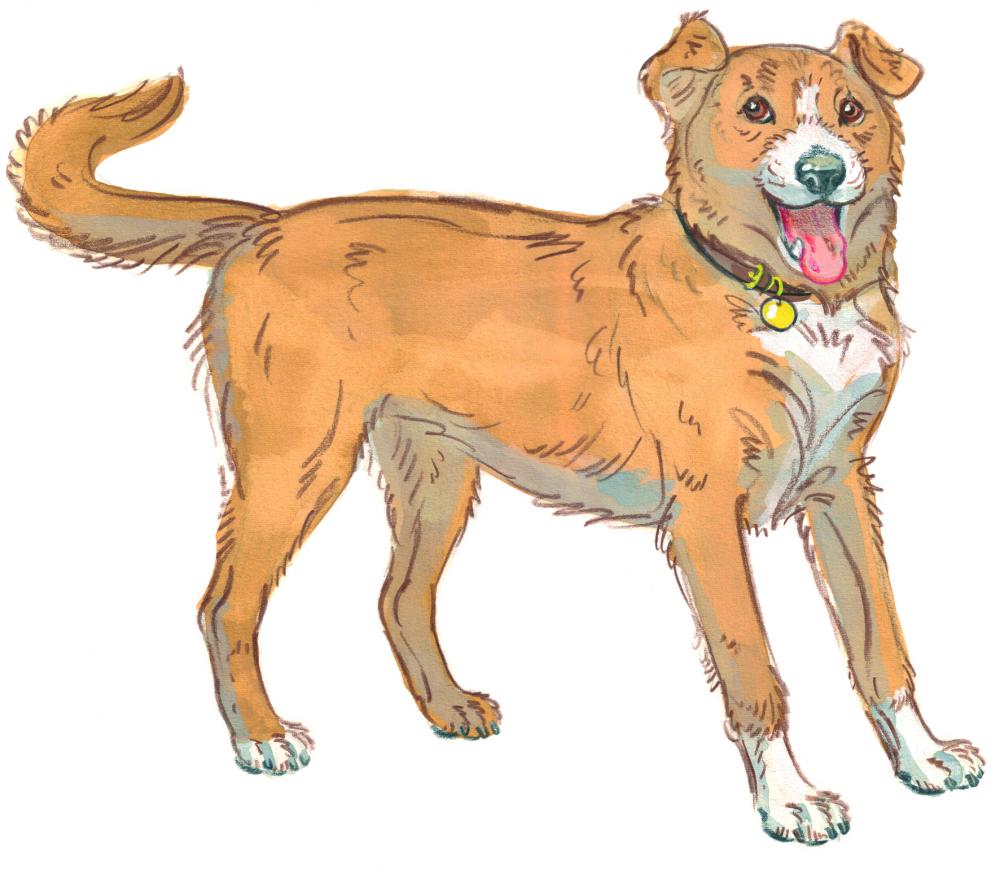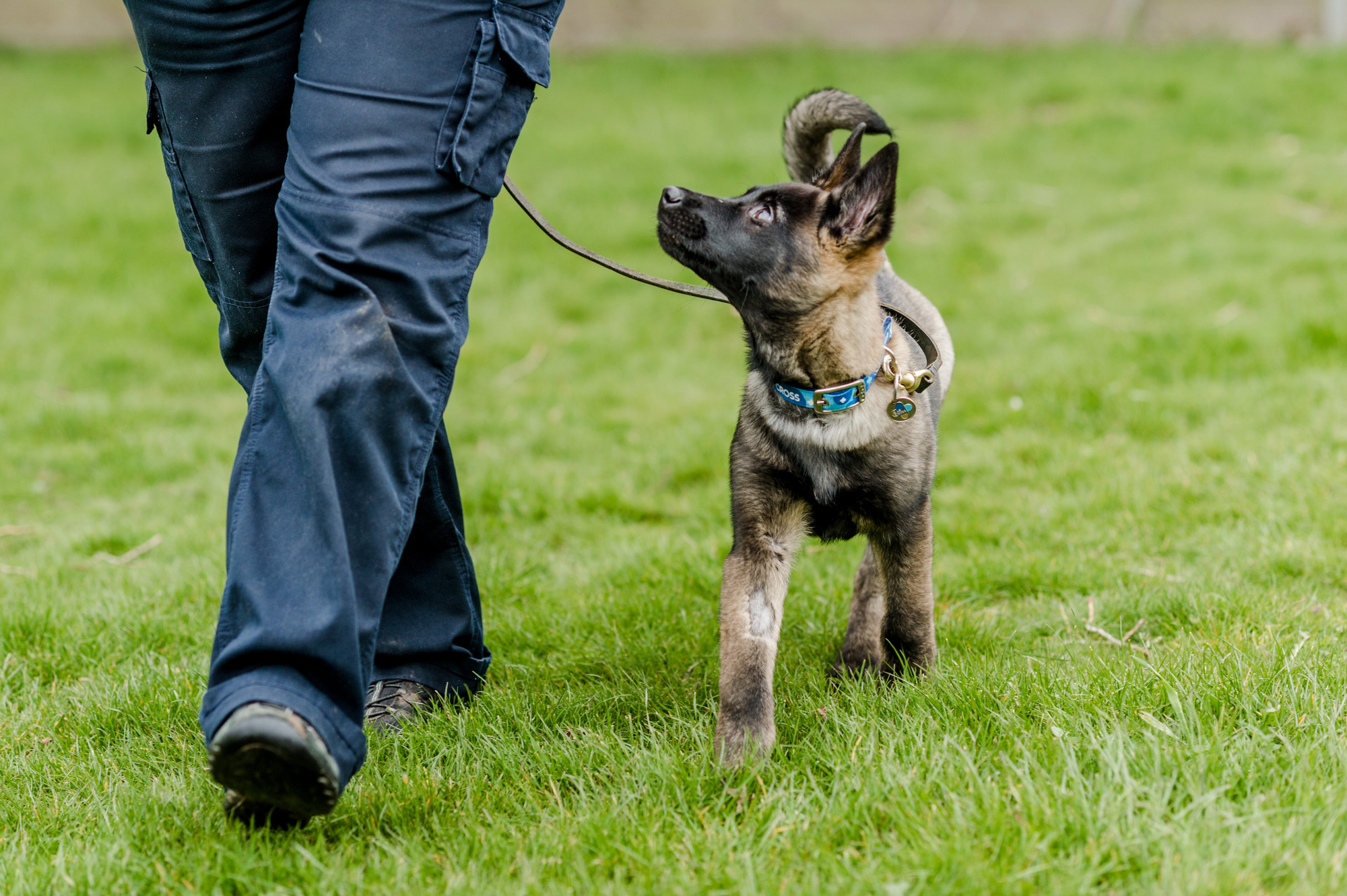
Be safe with dogs
There are over seven million dogs in the UK and many of them are bought for companionship and as family pets. It is important that children understand how to behave around the dogs in their homes and in their community so they can enjoy their company and remain safe.
There are many benefits of having a dog in the family:
- Children with pets have better self esteem,empathy and social skills
- They provide loyalty
- There is a reduction of incidence of allergies and asthma when the baby has a cat or dog in the home in their first year of life. The children should also have a better immune system.
- Petting a dog or cat can reduce anxiety and owning a pet can aid relaxation. Dog owners tend to have lower blood pressure and cholesterol levels. They also suffer from fewer medical problems generally.
- Walking your dog and caring for them is good exercise
- Children can learn about responsibility, compassion and respect for another living thing
However, we often hear in the media of children getting bitten by dogs. We have put together this booklet to help you to understand more about dog behaviour and how to teach your children to stay safe around dogs.
The reasons dogs bite
- They are protecting themselves or their property
- They may be in pain
- They may feel trapped
- They may have been surprised by your actions
- They may be very excited
Of the people who get bitten
- 70 per cent of dog bites happen in the home
- 80 per cent are bitten by dogs that they regularly meet. With children, this is probably because they are overfamiliar with the dog and don’t stick to the house rules on how to behave around dogs.
- Remember that even the mildest dog may bite in a given situation so it is important for the children to ‘think dog’
Take our 'Be safe with dogs' quiz
Dog body language - read the signs
The following descriptions of dog actions will help you to understand what the dog is trying to tell you:
Go away
I’m not sure about you yet (please keep away)
Happy to meet you
Seeing the world from the dog’s viewpoint
Some of the things that a child might want to do with a dog may be seen as a threat even if the child is trying to be friendly.
Consider the following situations:
- The child wants to cuddle the cute dog with the big wide eyes
- The child wants to take the dog’s toy away from it so they can play a game
- The child wants to get into the bed with the dog
- The child goes to comfort the dog that is hiding under the table
Rules when we are out and about:
- Always ask before approaching any dog. Ask the owner where on the body to stroke the dog.
- Never touch a dog that is left alone outside a shop or similar situation
- Don’t enter a garden if a dog is loose, even if you know it
- Never run or shout around a dog. Always walk past calmly.
- Do not hug a dog. How would you feel if a stranger hugged you?
So how should we behave around dogs?
Always be calm, quiet and move slowly around pets.
When meeting a dog:
- Ask the owner if it is OK to stroke the dog
- Let the dog sniff your hand, don’t move your hand towards the dog
- If the dog seems happy with this, stroke the dog on the shoulder or chest
If a strange dog runs up to you or if the dog you are visiting is very excited to see you:
- Stand still
- Make no noise
- If you are carrying food or toys, drop them away from you
- Fold your arms
- Look away from the dog
- Move away slowly. Never run.
- This will make you very boring to the dog and help him to calm down
If you are knocked to the ground:
- Roll up into a ball with your face to the ground
- Make no sound
- Cover your face with your hands
Establish house rules:
The aim of these rules is to keep the children safe. It is important that all members of the household and all visitors stick to these rules. Children need to be supervised when they are around dogs.
To stay safe they should not approach when the dog:
- is eating
- has a toy
- has puppies
- is sleeping
- is in bed or under a chair or table
- is sick or injured
- trying to move away
Have clear rules about where dogs are allowed:
- Every member of the household should train, groom and feed your dog
- Do not allow chase games or wrestling games between children and your dog. Your dog may become too excited and hurt someone.
- Never sneak up and surprise a dog
- Do not allow anyone to tease a dog
- Never hit or hurt a dog
- Never allow the dog to mouth your skin or clothes. Your dog must never think that it is OK to touch your skin or clothes with his teeth.

